Doctors Explain What You Need to Know About Your Breasts' Shape and Size
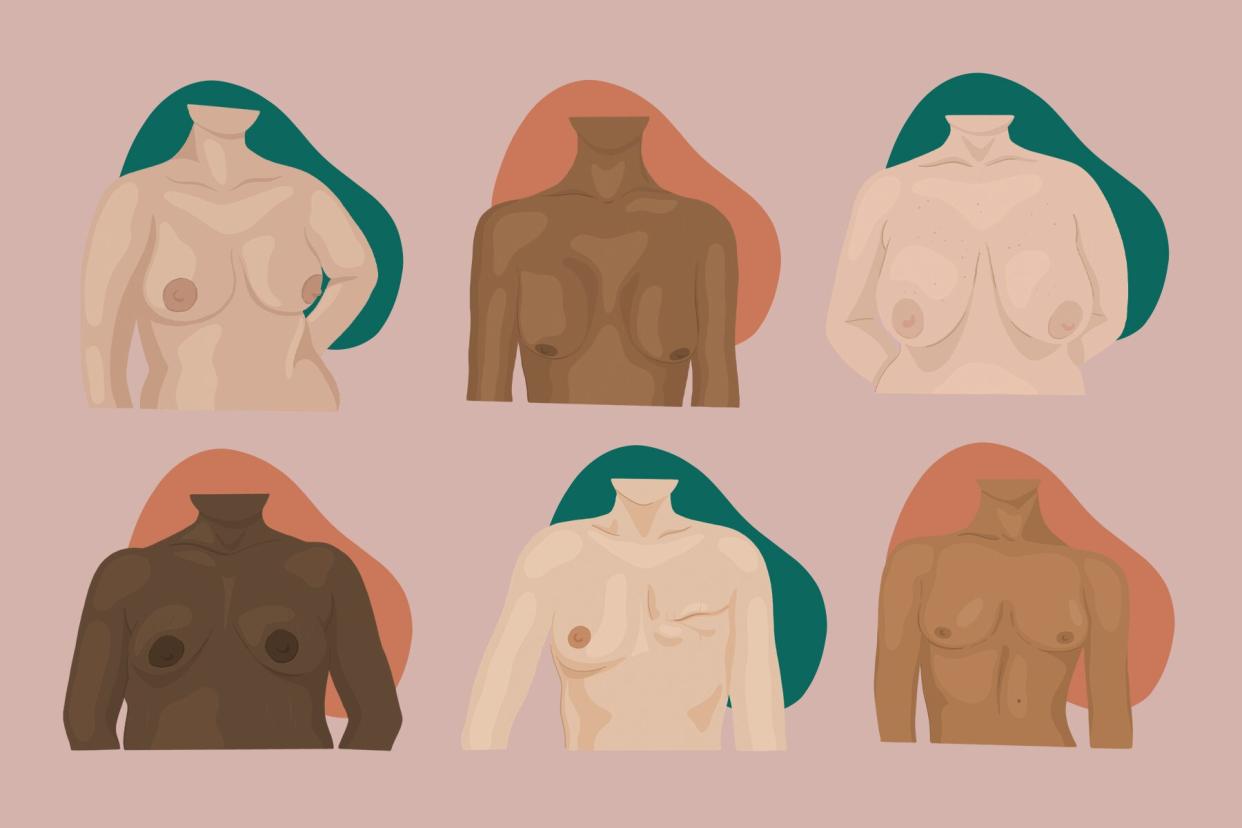
Julian Birchman
Whether you call them boobies, boobs, breasts, bosom, or whatever else—for every word there is to describe breasts, there are infinite types and shapes of breasts out there. Everyone has a unique breast shape that's deserving of love and care.
If you've ever questioned whether the shape of your breasts was "normal" or healthy, though, then know you're not alone. In honor of Breast Cancer Awareness month in October, we're talking about breast health with doctors including, the types of shapes and sizes out there and how to care for your breasts.
What are the different types and shapes of boobs?
You might have seen different guides outlining the types of boobs a person can have, but the truth is, the number of breast variations is unlimited. According to Pennsylvania-based gynecologist, Dr. Kelly Copeland, M.D., many factors can influence your breast appearance, including genetics, body weight, bone structure, nipple size, and shape. "You can imagine with so many factors the 'types of boobs' or variations in breast appearance can be infinite," she says. "Types of breast shape, size, and how they lie on the chest wall have been suggested to fall into more specific groupings or types, but it's important to know you may not perfectly fit into one of those types, and that doesn't necessarily make you abnormal."
One company that's known for creating these guides is the bra brand, ThirdLove. The brand introduced a breast shape dictionary, which outlines the "most common" types of breast shapes one can have. These are the different types of boobs, according to ThirdLove:
Asymmetrical boobs:
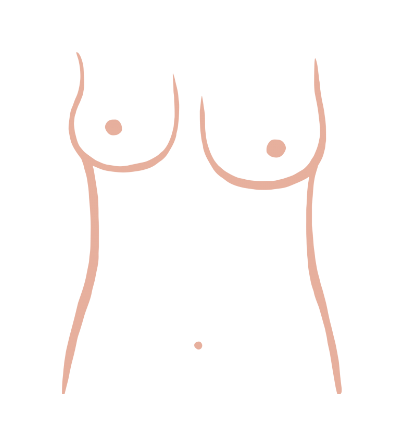
ThirdLove
Athletic boobs:
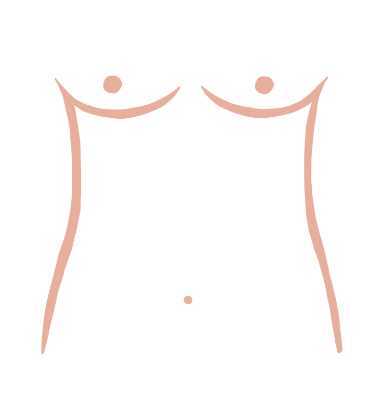
ThirdLove
Bell boobs:
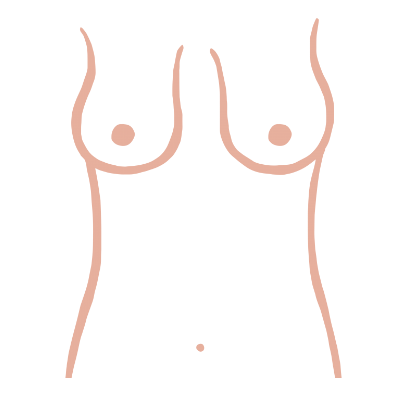
ThirdLove
East West boobs:
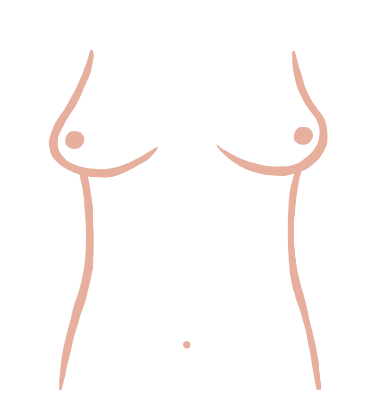
ThirdLove
Relaxed boobs:

ThirdLove
Round boobs:
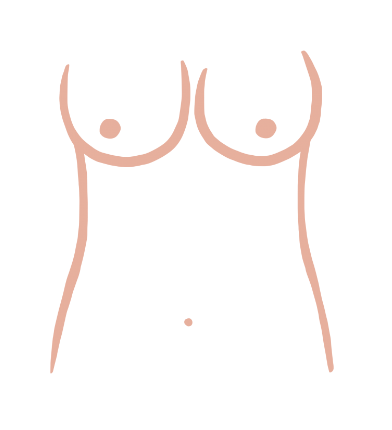
ThirdLove
Side set boobs:
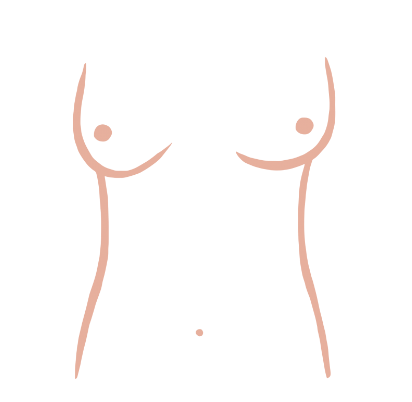
ThirdLove
Slender boobs:
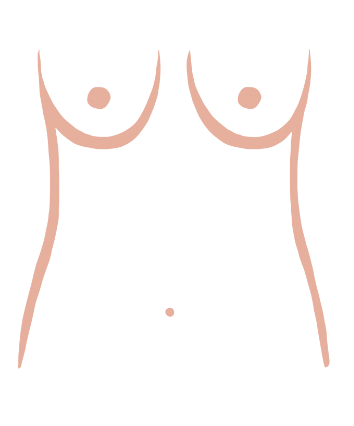
ThirdLove
Tear Drop boobs:
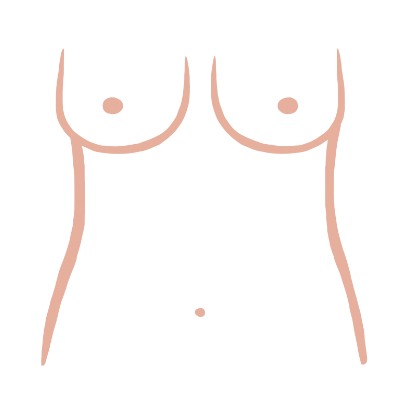
ThirdLove
Despite these nine categories defined by the brand, though, California-based gynecologist and founder of LaMaria, Dr. Manuela Vazquez, reiterates that breasts don't have to fit any category or guide because there are so many variations that are considered normal. In fact, one in every four women will have unequal breasts. "There is no 'gold standard' for comparison that physicians use when we are examining a patient's breasts," she says. "What is important is that a person has breast self-awareness and knows what is the normal appearance and feel of their breasts."
Can your breasts change?
Your boobs can and most likely will change throughout time for a few reasons. According to Dr. Copeland, breasts are sensitive to hormonal changes, including puberty, pregnancy, and menopause. Breastfeeding can also play a huge role. Washington D.C.-based board-certified plastic surgeon, Dr. Troy Pittman, says many people who breastfeed experience a loss of shape, size, and definition after having babies. "There are small ligaments that support the interior of the breast called Cooper's ligaments," he says. "Any significant increase in breast size, such as breastfeeding, will stretch out these ligaments. Once that process is reversed (i.e. at the end of breastfeeding), the ligaments relax, which can contribute to breasts that sag." As you get older, Dr. Pittman says it's normal for breasts to change and lose definition, as well.
"Breasts are also sensitive to weight changes because they are mostly made of adipose or fat tissue," says Dr. Copeland. So, you'll notice your breasts will get bigger or smaller depending on if you're gaining or losing weight.
When should you see a doctor about breasts?
Doctors agree that having a sense of breast self-awareness is a very important concept. "In addition to mammograms for women over the age of 40 (or maybe earlier for those with a family history of breast cancer), it's important to do a monthly self-breast exam," says Dr. Pittman.
This is when you periodically check for changes in the contour, skin dimpling or puckering, lumps or bumps, discharge from the nipples, or new pain in the breasts, says Dr. Copeland. Any changes that you notice in your monthly breast exam should be reported to your doctor as soon as possible. If you have any concerns, questions, or need some reassurance, Dr. Vazquez says doctors encourage visits to give you peace of mind.


